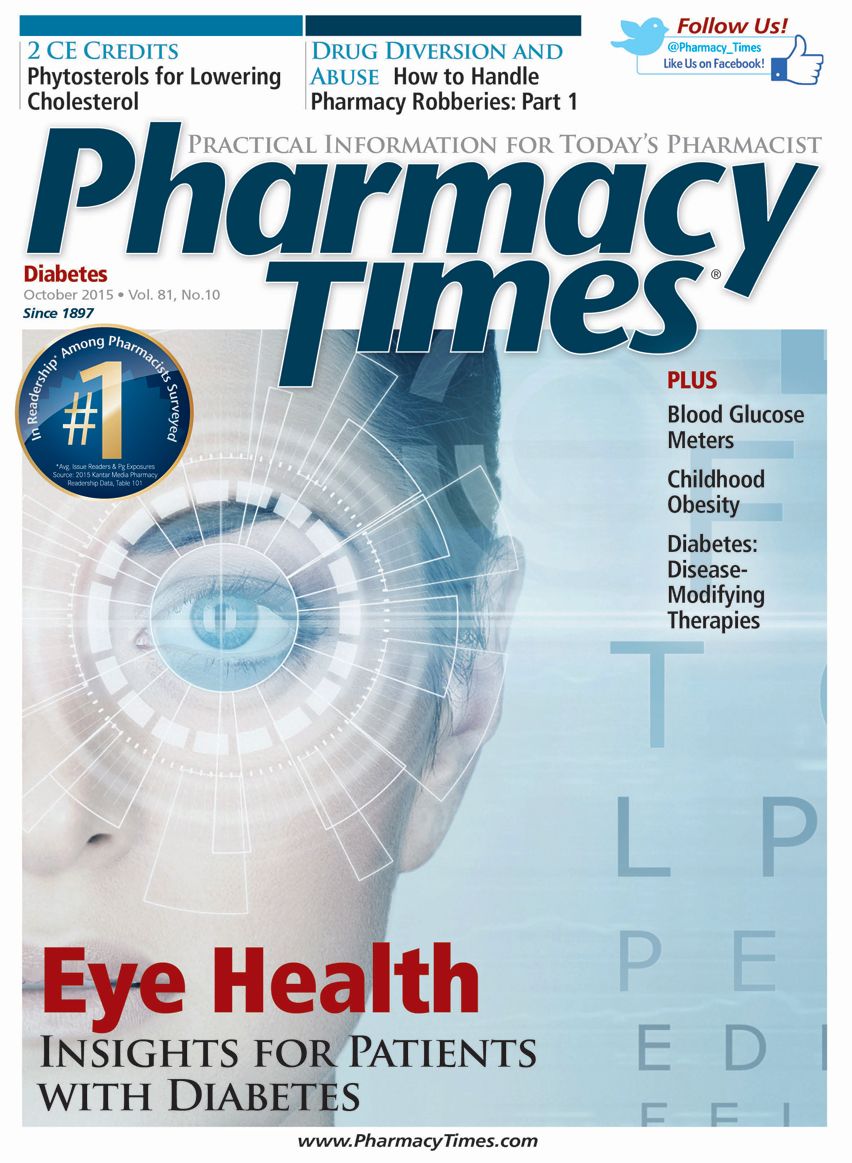Caution When Prescribing Xarelto to First-Time Patients
Xarelto, one of the newer oral anticoagulants on the market, is approved for the treatment of deep vein thrombosis and pulmonary embolism.
Xarelto, one of the newer oral anticoagulants on the market, is approved for the treatment of deep vein thrombosis (DVT) and pulmonary embolism (PE). The recommended dose of Xarelto for treatment of DVT or PE is 15 mg twice a day with food for the first 21 days, followed by 20 mg once daily with food for the remaining treatment. This requires 2 tablet strengths, 2 frequencies, and 2 prescriptions for first-time patients. It is during the transition in dosing that errors can occur.
In one case reported to the Institute for Safe Medication Practices (ISMP), a patient received a prescription for 21 days of Xarelto 15 mg twice daily, which she tolerated well. When she came back to get her “refill,” she received a new prescription for Xarelto 20 mg daily. However, the patient did not realize that this prescription was actually a different strength and was to be taken daily. She took the 20-mg tablets twice daily and developed a rash and other symptoms. The error was not discovered until she attempted to refill her prescription and the pharmacy received a refill-too-soon alert.
In a more recent case, a patient with a diagnosis of DVT was discharged from a teaching hospital and provided with 2 prescriptions for Xarelto: 1 for 15 mg and another for 20 mg. Neither the prescription directions nor the discharge instructions given to the patient made it clear that the 20-mg tablets were not to be started until the 15-mg tablets were finished. The prescriptions were dispensed together at the patient’s community pharmacy, but the pharmacist did not clarify any instructions for the patient or investigate the potential for duplicate therapy. The prescription benefit manager also agreed to pay for both prescriptions on the same date. The patient mistakenly took the 2 prescriptions concurrently (50 mg total per day). At a follow-up visit with the primary care provider 10 days later, the mistake was discovered. The patient was fortunate to not have any serious bleeding, but did report vision changes and was referred to an ophthalmologist for further evaluation—which also turned out to be unremarkable. The accurate instructions were discussed with the patient, and he verbalized understanding, at which point proper therapy resumed.
Safe Practice Recommendations
Although the FDA-approved dose for DVT calls for 2 different strengths and directions, and it may be more convenient for prescribers and patients to have both prescriptions issued and dispensed at the same time, the safety of this practice is in question unless clear directions are provided to—and understood by—the patient. Prescribers should include prescription instructions for the 20-mg tablets to begin after the 15-mg tablet prescription supply is exhausted (after 21 days). The statement, “Begin taking after [date]” should be included in the Xarelto 20-mg directions. Hopefully, the starter pack now available that guides patients to proper dosing for the first 30 days of treatment can alleviate some of this confusion and help prevent these dosing errors. Technology can also play a role in preventing medication errors. For certain high-alert drugs and drug classes, stepped-up computer warnings that are not easy to bypass are needed.
Too many pharmacists fail to provide patient education when dispensing new prescriptions. However, providing patient education and opening the prescription bag with the patient at the point-of-sale are 2 effective methods to detect and prevent medication errors. For this reason, ISMP has long promoted mandatory patient counseling for new prescriptions and prescriptions for targeted high-alert medications, with less emphasis on current ineffective regulations that require an “offer” to counsel for all medications.
Dr. Gaunt is a medication safety analyst and the editor of ISMP Medication Safety Alert! Community/ Ambulatory Care Edition.

